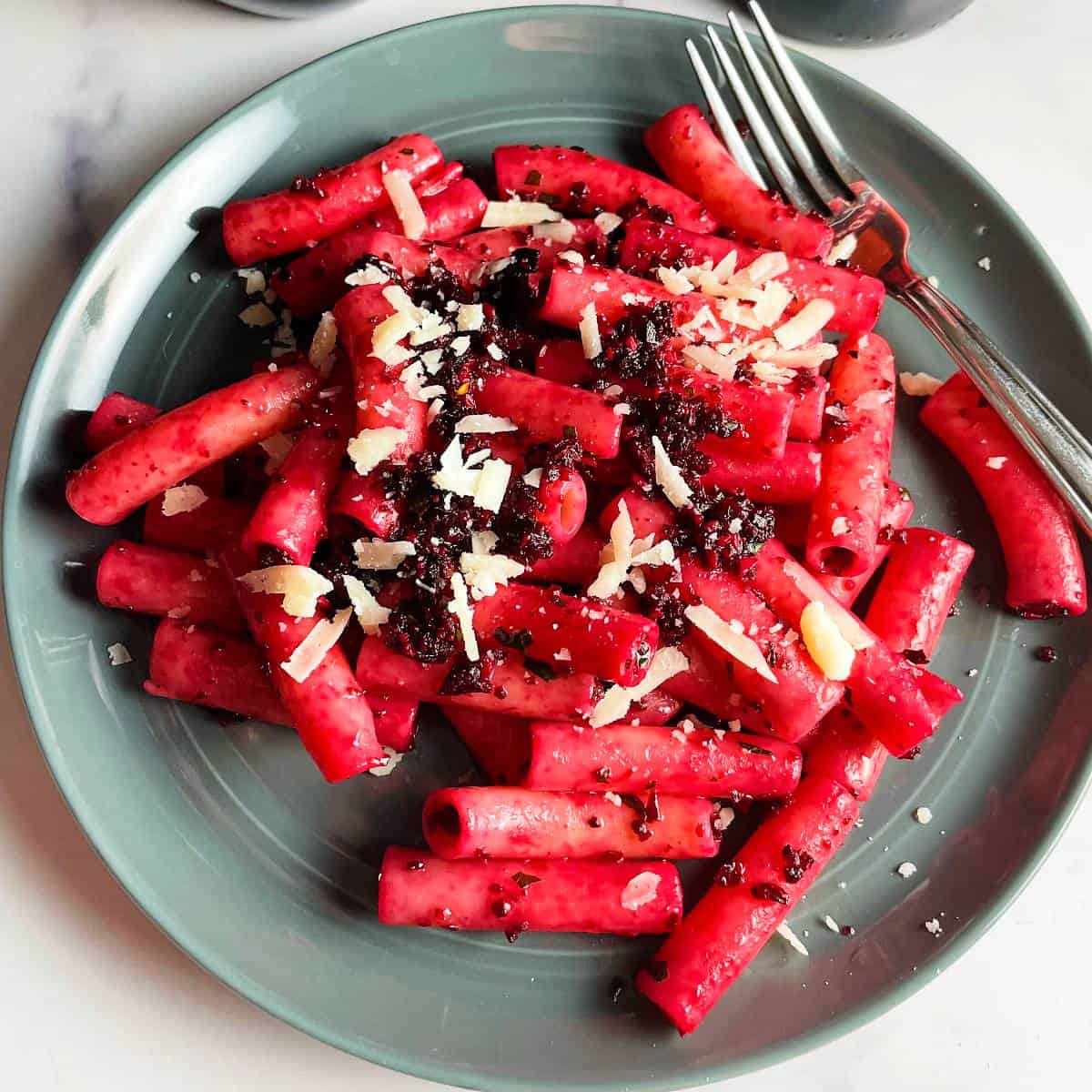Today we bring you a solo episode, with Cook Local Eat Local Host David Crowley talking about 8 benefits to joining a community supported agriculture (CSA) program. Tune in to learn about this option for cooking more local food!
You can listen to the podcast on:
Apple podcasts | Spotify | Amazon Music
Early spring is a great time to sign up for a CSA program! Today we will talk about benefits for joining a CSA, and this podcast show notes page links you to some resources for learning about and enjoying a CSA farm share.
Before we get into our 8 benefits to joining a CSA, let’s answer some basic questions.
CSA program frequently asked questions (FAQs)
CSA stands for community supported agriculture. Through a CSA, consumers make a payment early in the year to a local farm in order to purchase a “share” of the produce grown by that farm. These consumers, or CSA members, then receive a regular share of produce from the farm throughout the growing season.
There is a lot of variation in how CSA programs work, so many details will depend on the CSA program you join. But generally, a CSA involves making an initial payment early in the season, and then receiving a regular share of produce from the local CSA farm. The shares are typically picked up at a convenient location in your community, or directly from the farm if you live close enough.
Traditionally, CSA shares would provide whatever produce was harvested recently at the participating farm. Some CSAs have now introduced ways you can indicate preferences or items that you don’t want to receive in your share. But there will always be an element of getting produce that is currently being harvested, so there is less choice the the produce section of the grocery store.
Check out the Local Harvest website is a resource for finding farmer’s markets and CSAs in your area.
8 Benefits to joining a CSA

1) Support a local farm
By joining a CSA, you are investing in a local farm, providing them cash upfront before they plant for the season. It’s great to show your support for local farms with a bumper sticker or t-shirt, but there’s nothing like a cash investment to back a local farm.
CSA membership purchases help farms get cash needed to plant their crops and give them a reliable market for what they grow.
2) Great way to get local veggies
There are a number of ways to get local vegetables on a regular basis, such as going to farmer’s markets or keeping an eye out for “local grown” signs in a grocery store produce aisle.
But signing up for a CSA program guarantees you a steady flow of local vegetables throughout the year. Every week, or every other week, depending on the program, you’ll get a bundle of whatever has been just picked at the local farm.
3) Eating seasonally
When you join a CSA, you are getting whatever is being picked at the moment, so you are going to be very in tune with what is being harvested at the moment. Think in terms of eating asparagus in the spring, leaning into tomatoes, corn and basil in the summer, and enjoying fall’s bounty of squash and pumpkins.


As we are posting this in the spring, check out our collection of spring recipes and pairings to get in tune with the season!
4) Put veggies at the center of your meal planning
My default tends to be first thinking about the protein as the center of the meal planning, then thinking about vegetables I might serve with it. I suspect many people take a similar approach.
When you get a big bag or box of vegetables from a CSA, figuring out how to use those veggies becomes the first step in planning your meals for the week. This centers the meal plan around vegetables, helping to create a more plant strong diet.
5) Expand the types of veggies you eat
For me, joining a CSA has meant trying new veggies – like the watermelon radishes I started enjoying last year – as well as getting things like beets and eggplant that I am less inclined to pick up at the grocery store.

The result is that I have greatly expanded the types of vegetables I eat regularly. And I have also come to realize some vegetables that I previously disliked, such as beets, can actually be quite good when prepared in a tasty recipe. In fact, I’m making beet pesto again tonight with some local beets from our Family Dinner share.
6) Learn new ways to prepare veggies
With a CSA membership, you definitely wind up getting some large quantities of veggies that force you to find new ways to cook them. Last summer, I found a delicious recipe for zucchini butter spaghetti that is now a regular in our rotation. At the store, I don’t buy carrots with the tops much, but they often come that way in the CSA…the result, some delicious carrot top chimichurri!
7) Potential cost savings
Now, I don’t put this at the top of the list, because part of the value of a CSA is helping small, local farms get the funds they need to plant their crop with confidence. That said, you are locking in your price for the veggies by committing to the farm up front. Especially with the rapid rise of food prices due to challenges to the global food system, there is some economic stability to getting your food locally. This is a topic we will explore in greater detail in a future episode.
8) Supporting the local food system
In addition to supporting a specific local farm, when you join a CSA, you are casting a vote for the importance of the local food system. The events of the past three years have served as a reminder of the fragility of the global food system.
In addition to doing a vegetable CSA in 2020, I also signed up for the Family Dinner local food delivery program and Walden Local Meat. Although I still get some food at the grocery store, I like having a greater portion of our food now coming from local sources.
In addition to the stability of getting more food from local sources, joining a CSA is a great way to cut down on the miles your food travels to get to you. Our CSA veggies come to us via a fairly short drive from the farm, rather than a cross country or intercontinental plane trip. Check out our podcast episode about local food and sustainability for more on this topic.


Leave a Reply